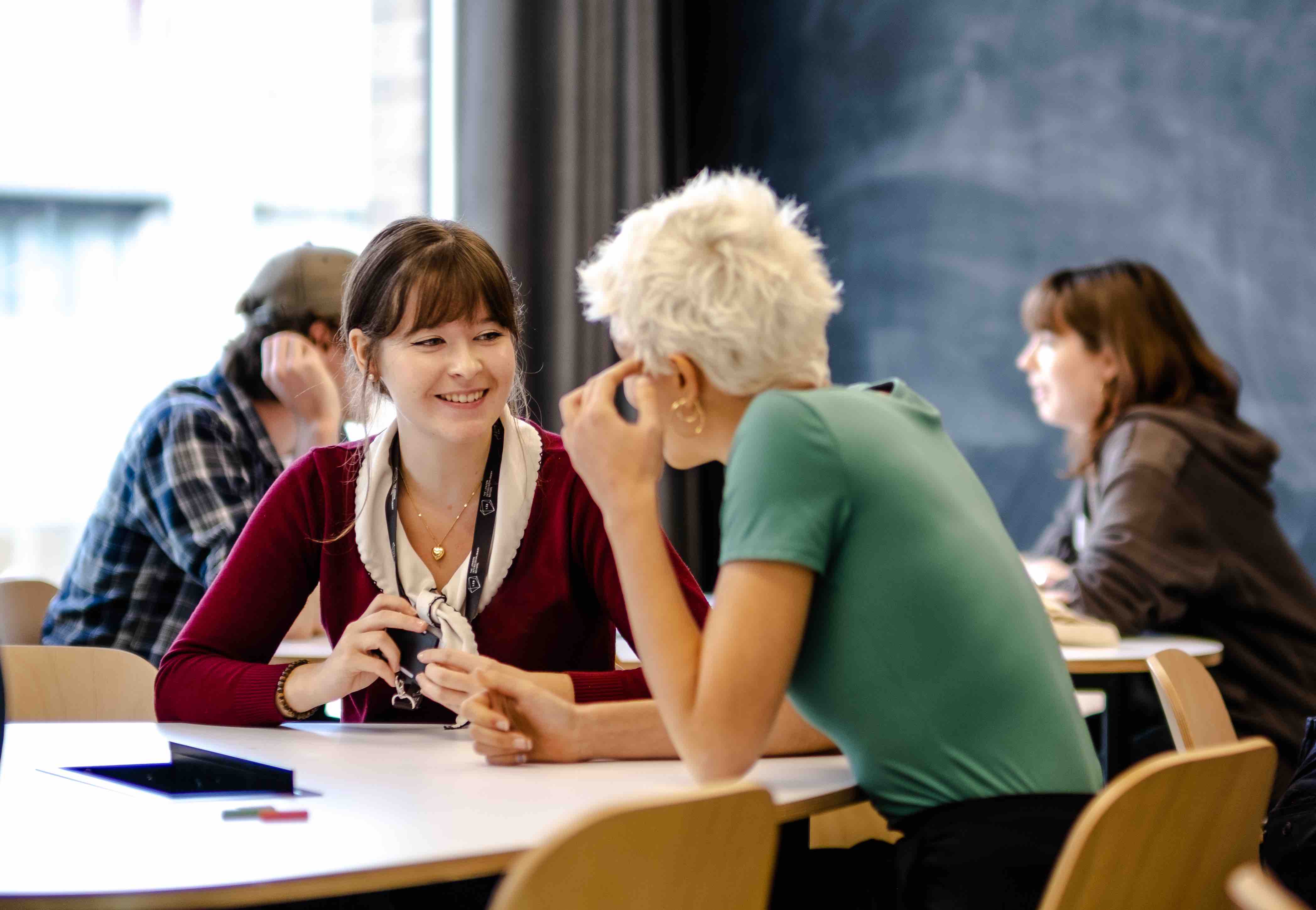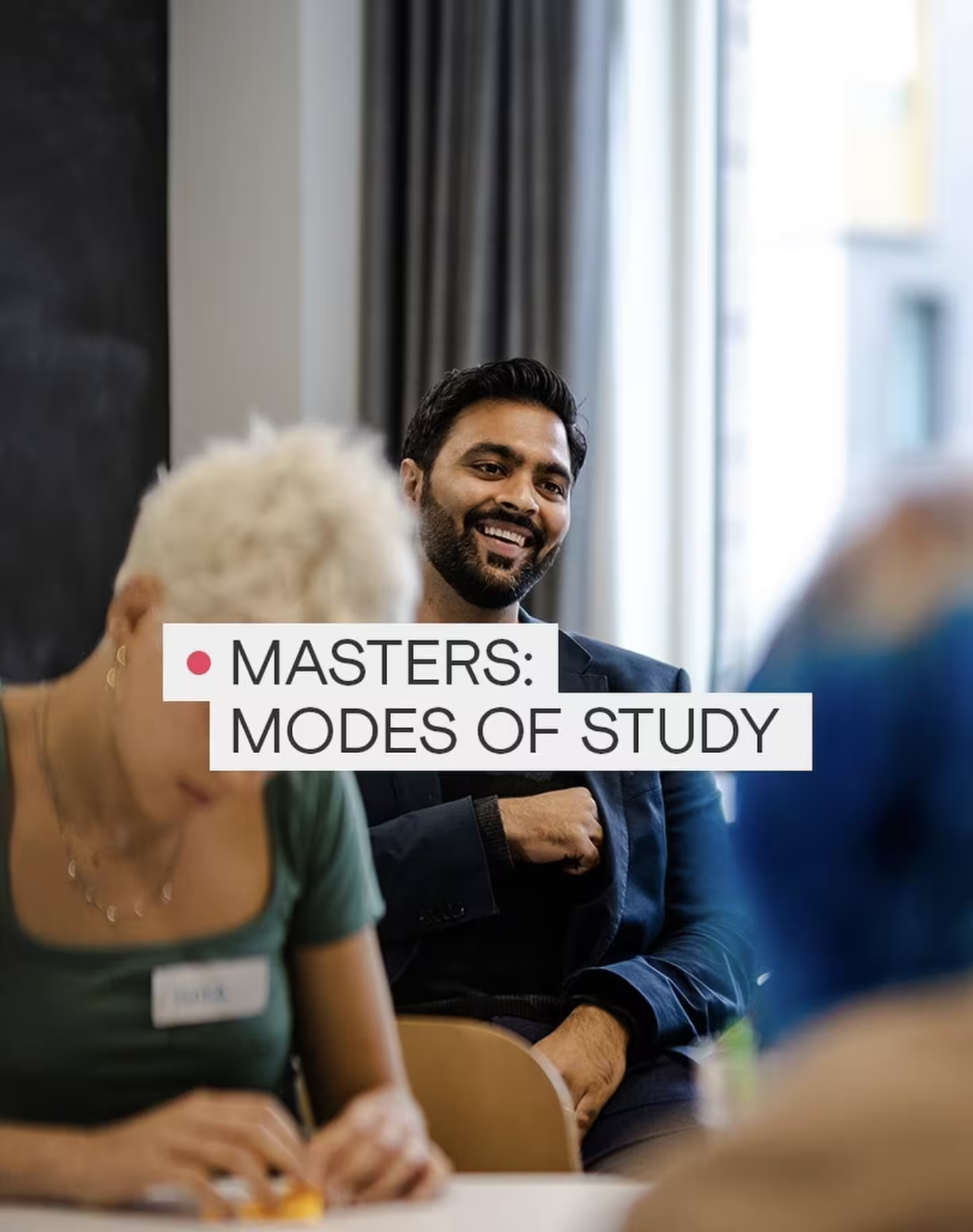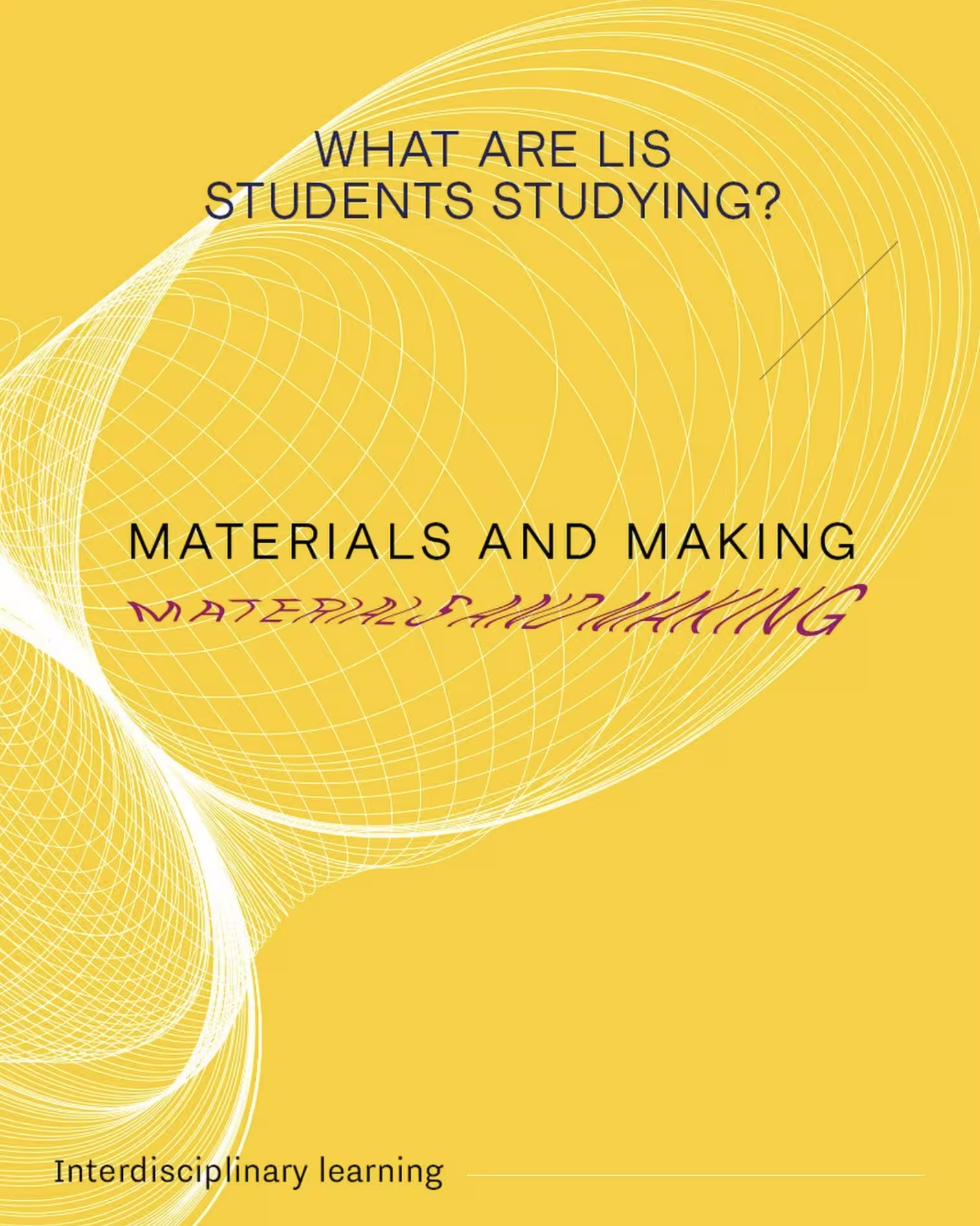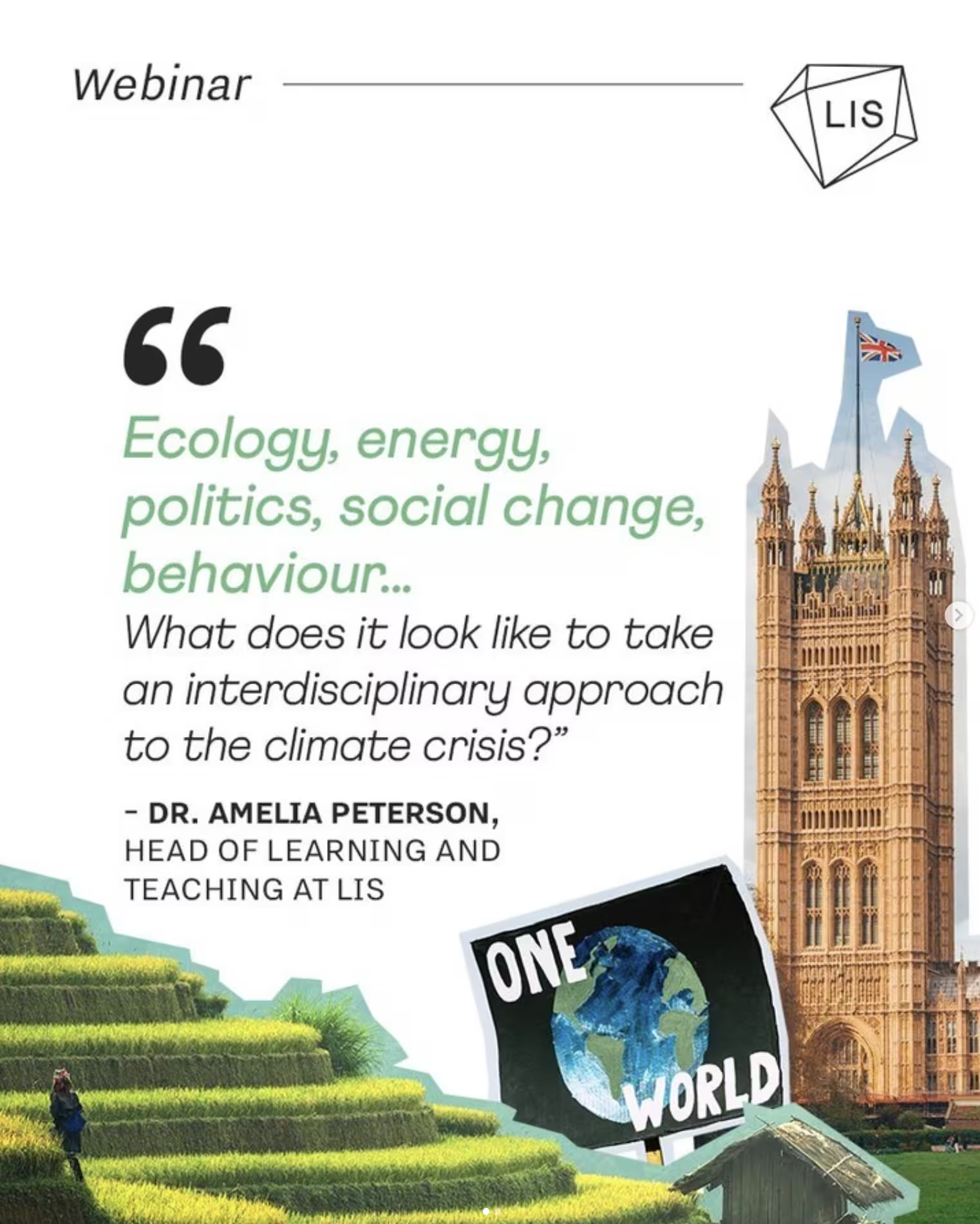How can we shape a curriculum for the future, when part of a traditional system created for the past?

Schools today are places where knowledge is divided into neat boxes: history here, biology there, mathematics in another room. This compartmentalisation has real strengths. It gives students the chance to build depth, develop expertise, and measure progress clearly. But it also encourages them to see learning as fragmented rather than connected, as if each subject existed in isolation from the others.
It wasn’t always this way. Before the industrial age, schools emphasised rhetoric, philosophy, and broad humanistic inquiry. With industrialisation came the demand for measurable, specialised skills. Subjects were formalised, exams became central, and universities needed standardised grades for admissions. The system that emerged provides structure and rigour, but leaves little space for developing the capacity to connect ideas across disciplines.
Beyond the classroom, however, the world looks very different. The problems students will face in their lifetimes: climate change, public health, social inequality, are inseparable from one another and more interconnected than ever before. We don’t know what careers will look like for the students of today, but we can say they will likely be centred around tackling these problems. Organisations tackling these issues won’t ask whether a solution belongs to science, politics, or the arts; they’ll have to discover how knowledge from all these areas can be brought together to create the most meaningful impact. Students who only ever encounter subjects in isolation risk missing the bigger picture, and the skills they will need to navigate it.
If education is to equip young people for this complexity, it cannot stop at passing exams in separate silos. It must also help students recognise connections, see how systems interact, and practise applying knowledge from different places to approach solutions. That shift doesn’t have to rely on tearing up the curriculum or inventing new qualifications (though structural change may eventually be part of the picture). It begins with teachers: the questions you ask, the perspectives you encourage, and the opportunities you create for your students to carry ideas across classroom walls.
The challenge is that while the world has changed dramatically, our schools are still structured as if it hasn’t. The UK curriculum is one of the most subject-specific in the world (Krejkes et al., 2024) and as said already, this system provides clarity and depth, but it also presents a challenge: how do we prepare young people for a world where problems are anything but subject-specific?
Why Connected Thinking Matters
Interdisciplinary thinking is a mindset for problem-solving. It teaches students to see how parts and wholes interact, and how one change or idea can ripple across a complex system.
Take the pandemic as an example. In biology, students might learn about viruses and immunity. In mathematics, they can model infection curves. In history, they can study the Black Death or the 1918 flu. In sociology, they can ask why some communities were affected more than others. Each subject adds depth. But when connected, students see why scientific breakthroughs alone aren’t enough, they must be paired with cultural understanding, political decision-making, and global cooperation.
The same is true for climate change. Physics explains energy transfer, but geography shows the impact on ecosystems, politics deals with climate agreements, and economics tackles incentives and costs. Students who learn to connect these perspectives don’t just understand what the problem is, they are better prepared to imagine what solutions might look like.
And crucially, this works both ways. Interdisciplinary thinking helps students make sense of the world, while also strengthening subject-specific learning. When a student sees how algebra models how diseases spread, or how literature captures the human side of war, they not only appreciate and interpret the subject more deeply but also understand its wider relevance.
Practical tips for your classroom
Curriculum reform is slow, and exam pressures are real. But there are powerful ways teachers can nurture interdisciplinary thinking without stepping outside their subject or losing sight of exam mastery.
- Encourage students to “carry” ideas. Invite them to take an insight from your lesson into their next class: “Where else might this apply?” This builds habits of transfer without extra workload.
- Challenge perspectives. Use quick prompts: “Who might disagree with this?” or “What would this look like from another country’s view?” to nudge critical and systems thinking.
- Build a ‘connection wall’. Dedicate a corner of the classroom (or a shared digital board) where students jot links between subjects as they notice them. For example: “We studied waves in physics and sound in music, are they connected?”
- Start small. Trial a shared question between classes with a colleague, a mini cross-department theme, or a single interdisciplinary starter question. These “micro-experiments” are low effort but shift culture gradually.
Teachers are under immense pressure: time is scarce, exams are high-stakes, and accountability is constant. It’s understandable that many feel they cannot risk deviating from the syllabus or established routines. These concerns are valid. Yet interdisciplinarity doesn’t have to mean a departure from subject teaching or an increase in workload. Even small adjustments in how questions are posed or contexts are framed can help students see connections and think in terms of systems, while also reinforcing subject knowledge, supporting exam performance (Basha & Lena, 2025) and staying fully aligned with curriculum expectations.
Subjects remain the backbone of education. Depth matters. But depth without connection risks leaving students unprepared for the world they will inherit. By helping them connect societal, cultural, and technological systems, we equip young people to understand complex problems but also to creatively navigate solutions. In doing so, we prepare them to face an uncertain future with the skills, agility and confidence they will need to thrive.
Charlie Hearl is the Schools Outreach Manager at LIS. We offer free sessions including talks, interactive workshops and teacher development. Held at your school, sessions are designed to spark new ways of thinking, foster creativity and build confidence in tackling real-world challenges. Book a visit today here.
Share this story
Sign up for our newsletter
Don't miss out on important updates including course information, new announcements, Open Day dates and the latest LIS news.

-min%201-min.png)












































.svg)

.svg)





This is a comment related to the post above. It was submitted in a form, formatted by Make, and then approved by an admin. After getting approved, it was sent to Webflow and stored in a rich text field.